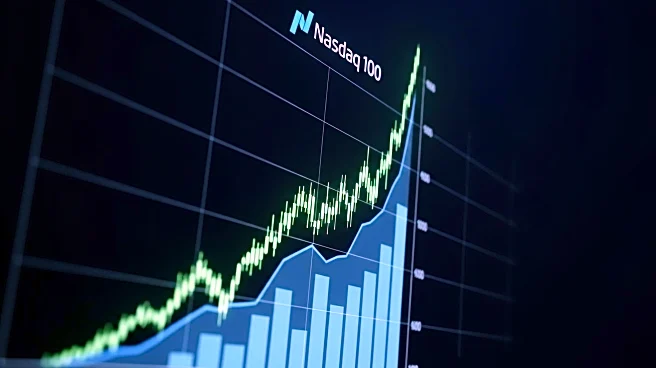What's Happening?
Gold prices have reached a record high, surpassing $3,600 per ounce, driven by expectations of an interest rate cut by the Federal Reserve. The rise in gold prices follows weak U.S. jobs data, which has increased the likelihood of a rate cut. Traders are anticipating a 25 basis point reduction, which would lower the opportunity cost of holding non-yielding assets like gold. The demand for gold is also bolstered by geopolitical uncertainties and central bank purchases.
Why It's Important?
The surge in gold prices highlights investor concerns about economic stability and inflation. As interest rates decrease, gold becomes more attractive as a safe-haven asset, particularly in times of economic uncertainty. The Federal Reserve's actions could have significant implications for currency values and investment strategies, affecting both domestic and international markets. Stakeholders, including investors and policymakers, must consider the impact of these developments on financial planning and economic forecasts.
What's Next?
Attention is now on upcoming U.S. economic data, including the Producer Price Index and Consumer Price Index, which could provide further clarity on the Federal Reserve's rate cut decision. The outcome of these reports may influence market expectations and trading strategies. Investors will continue to monitor central bank activities and geopolitical developments that could affect gold prices and broader economic conditions.











